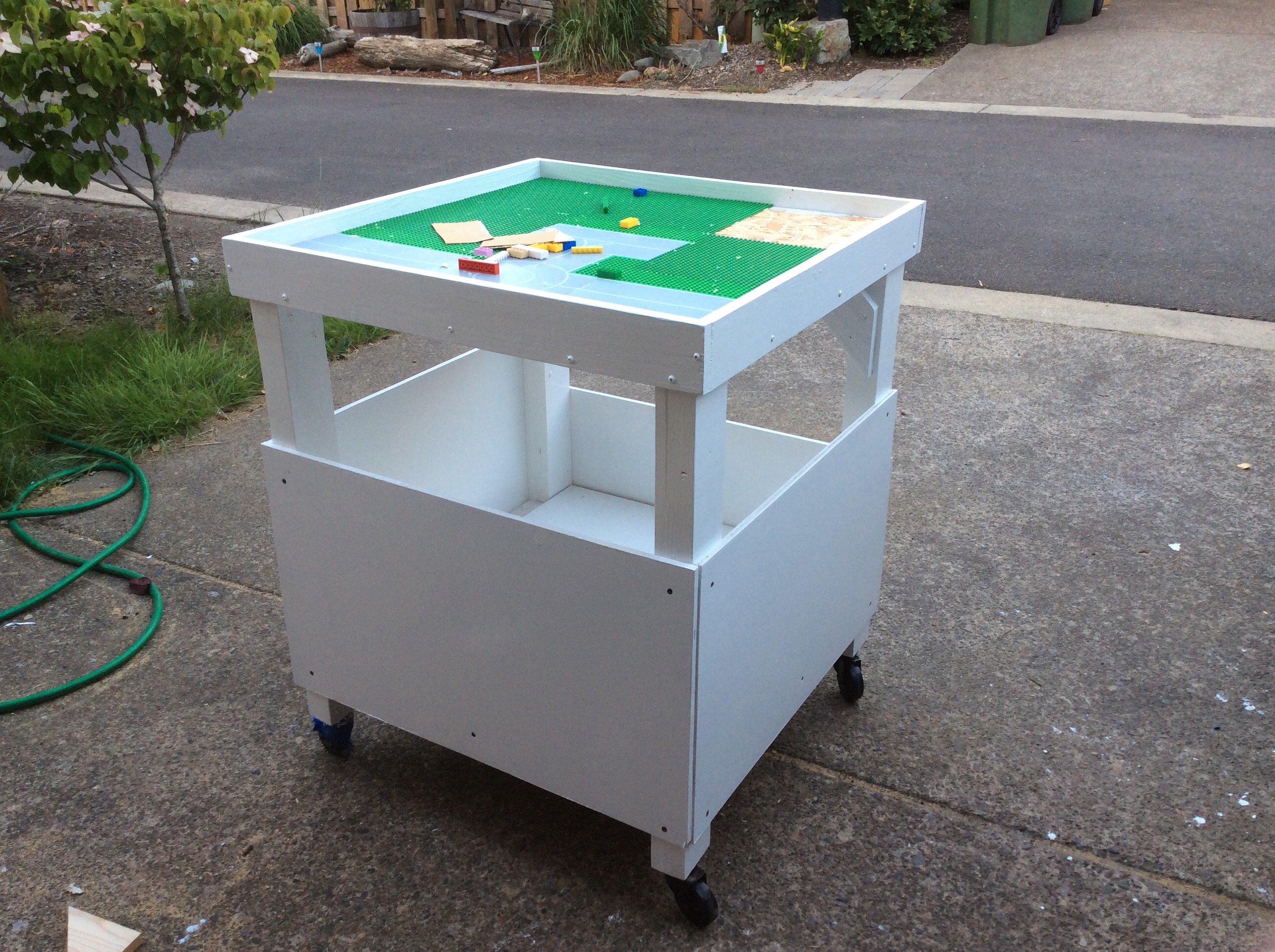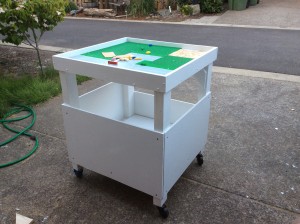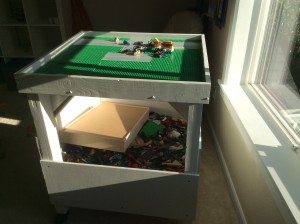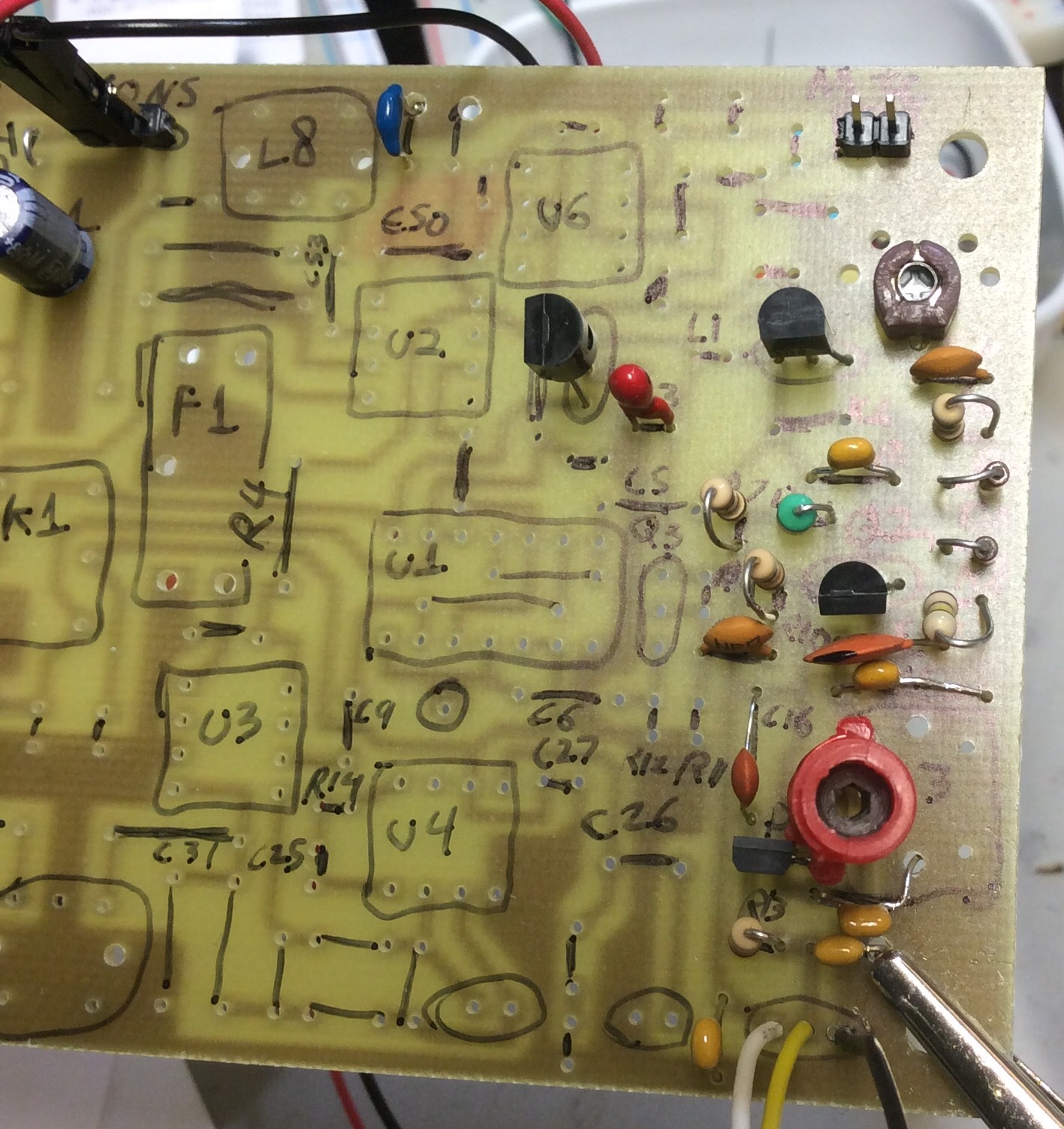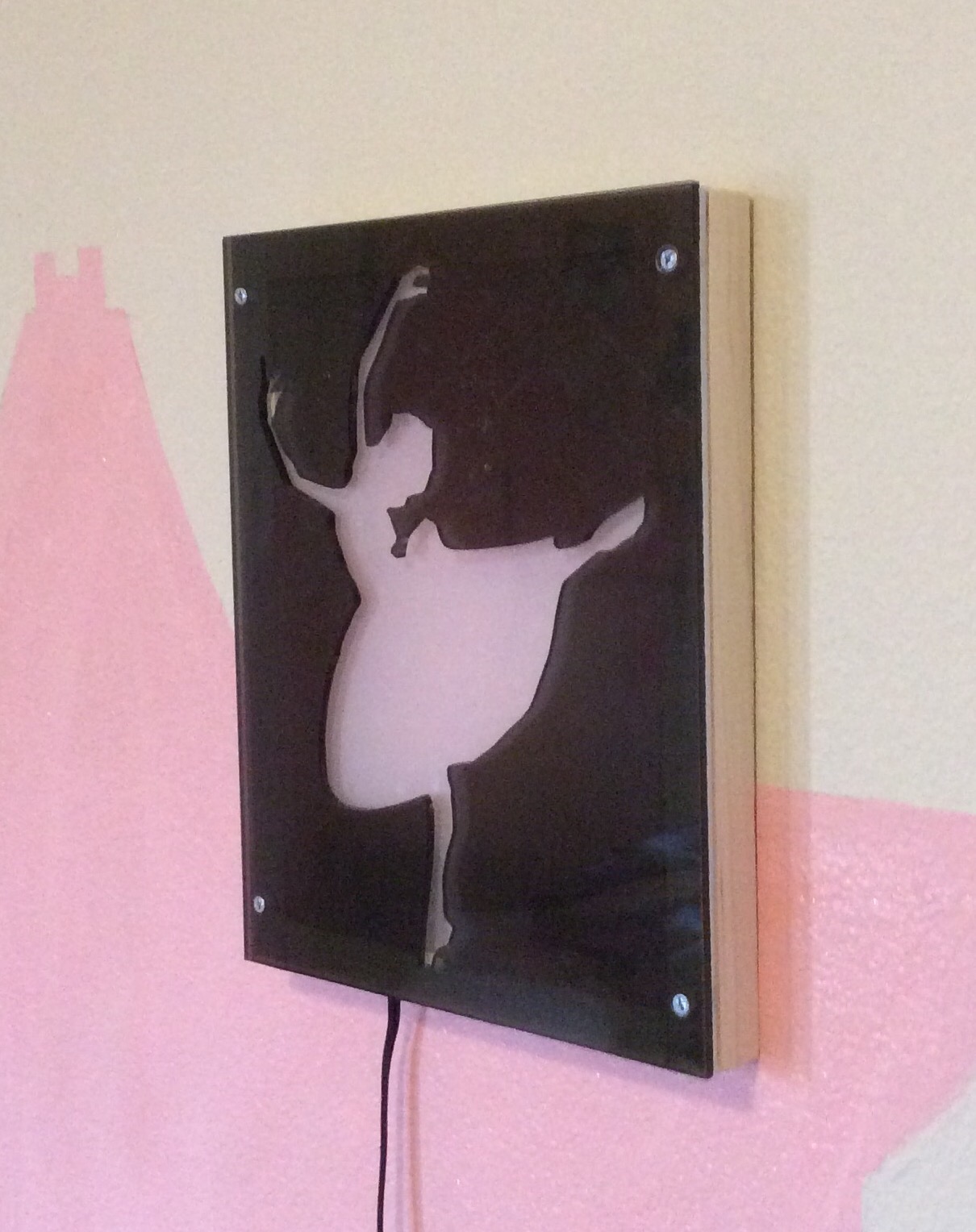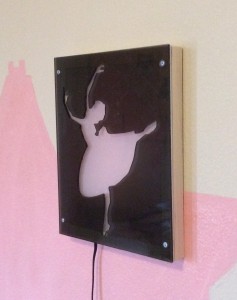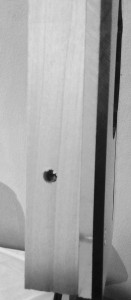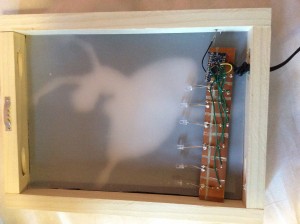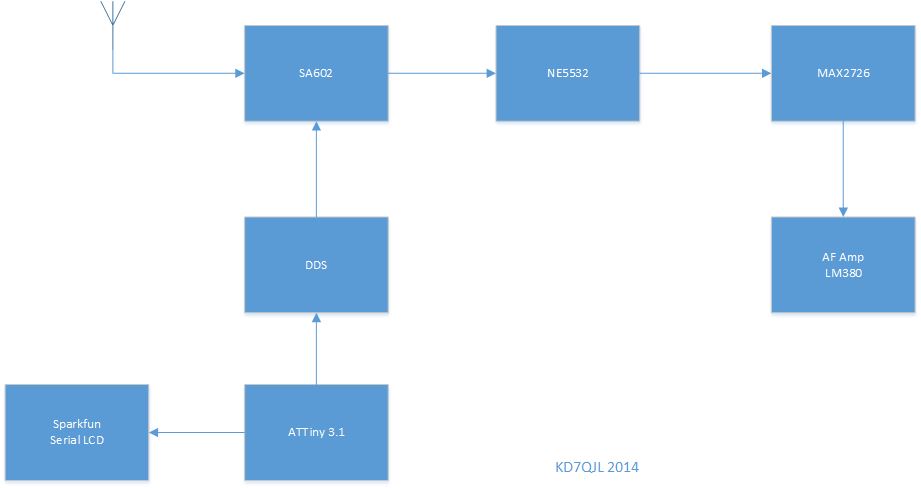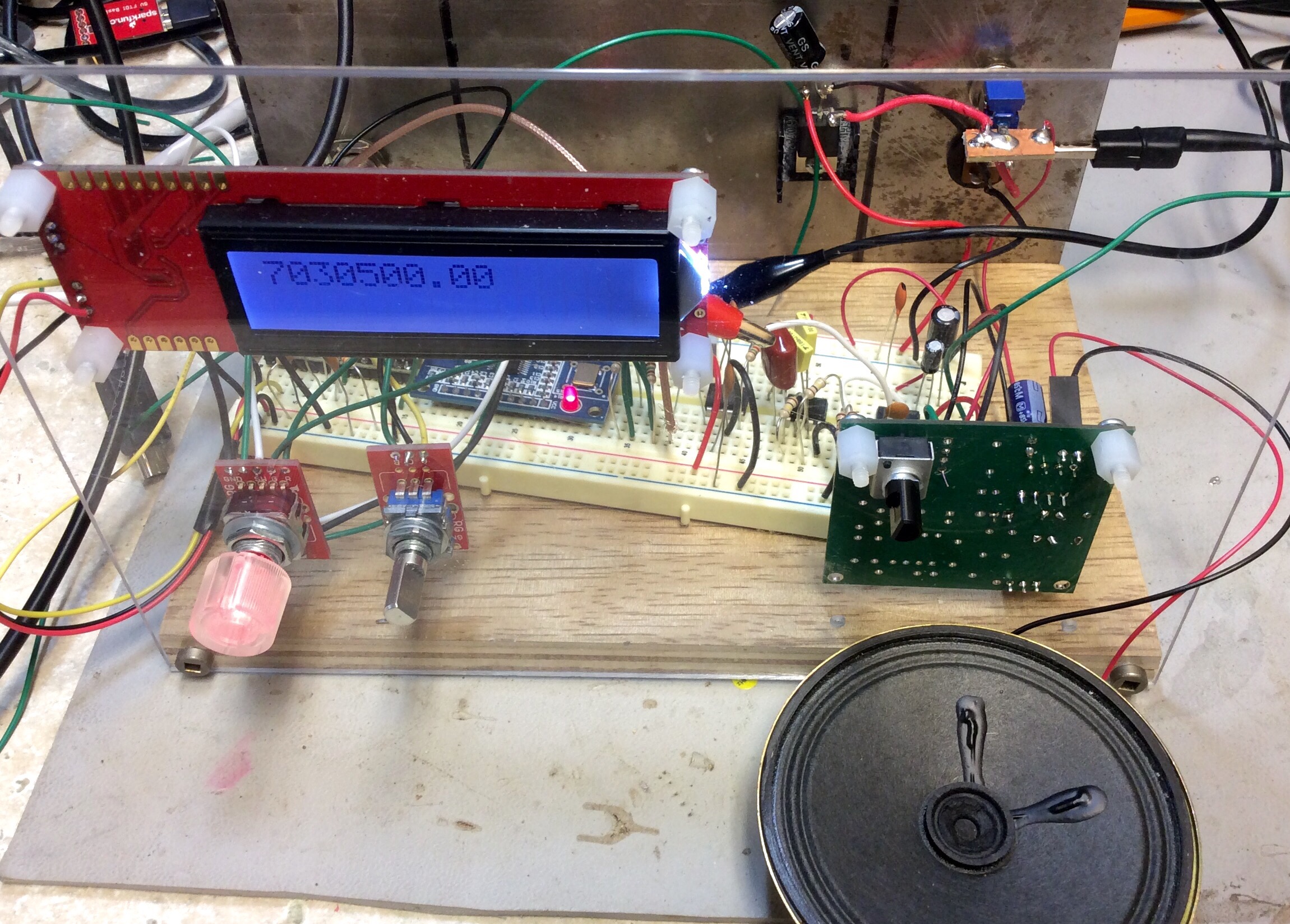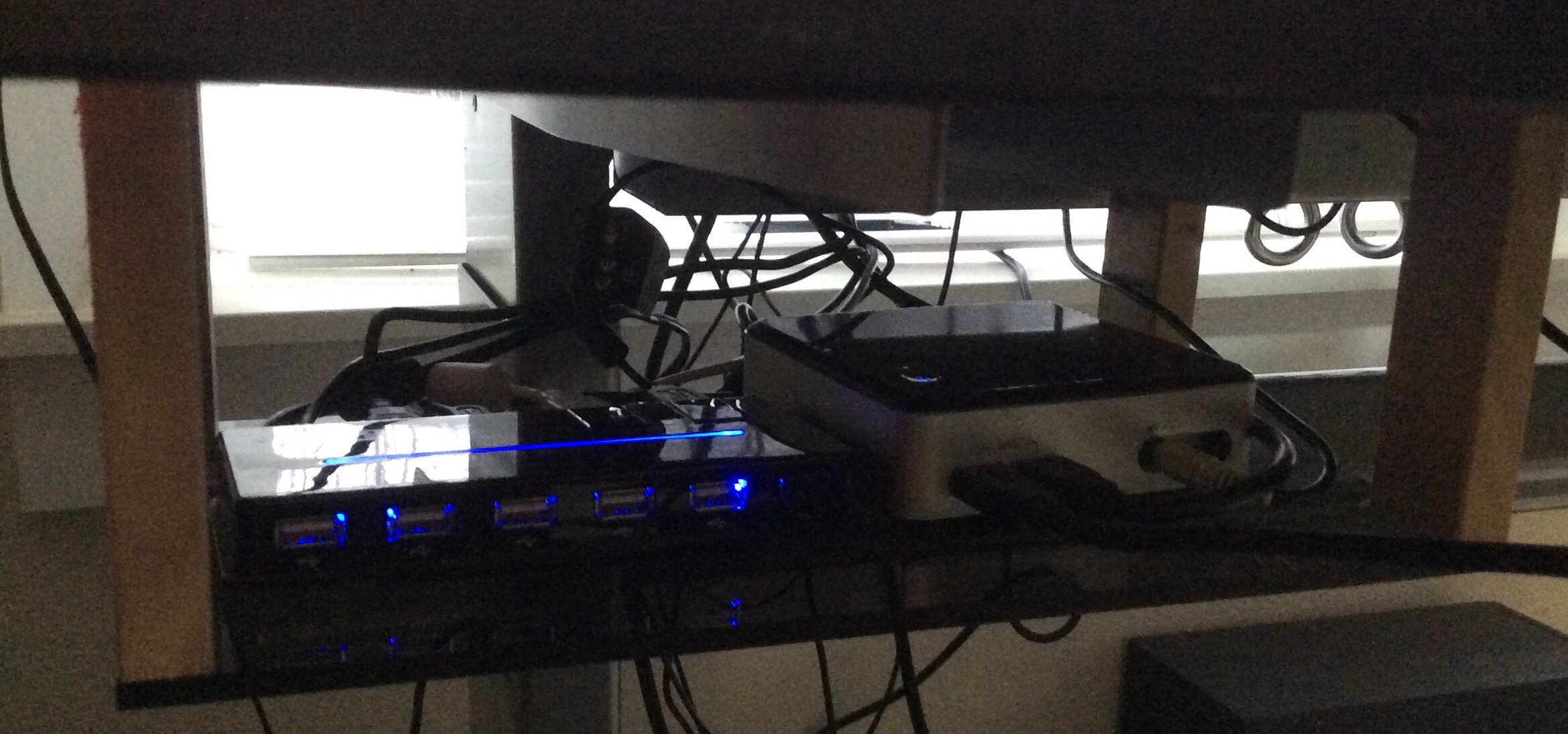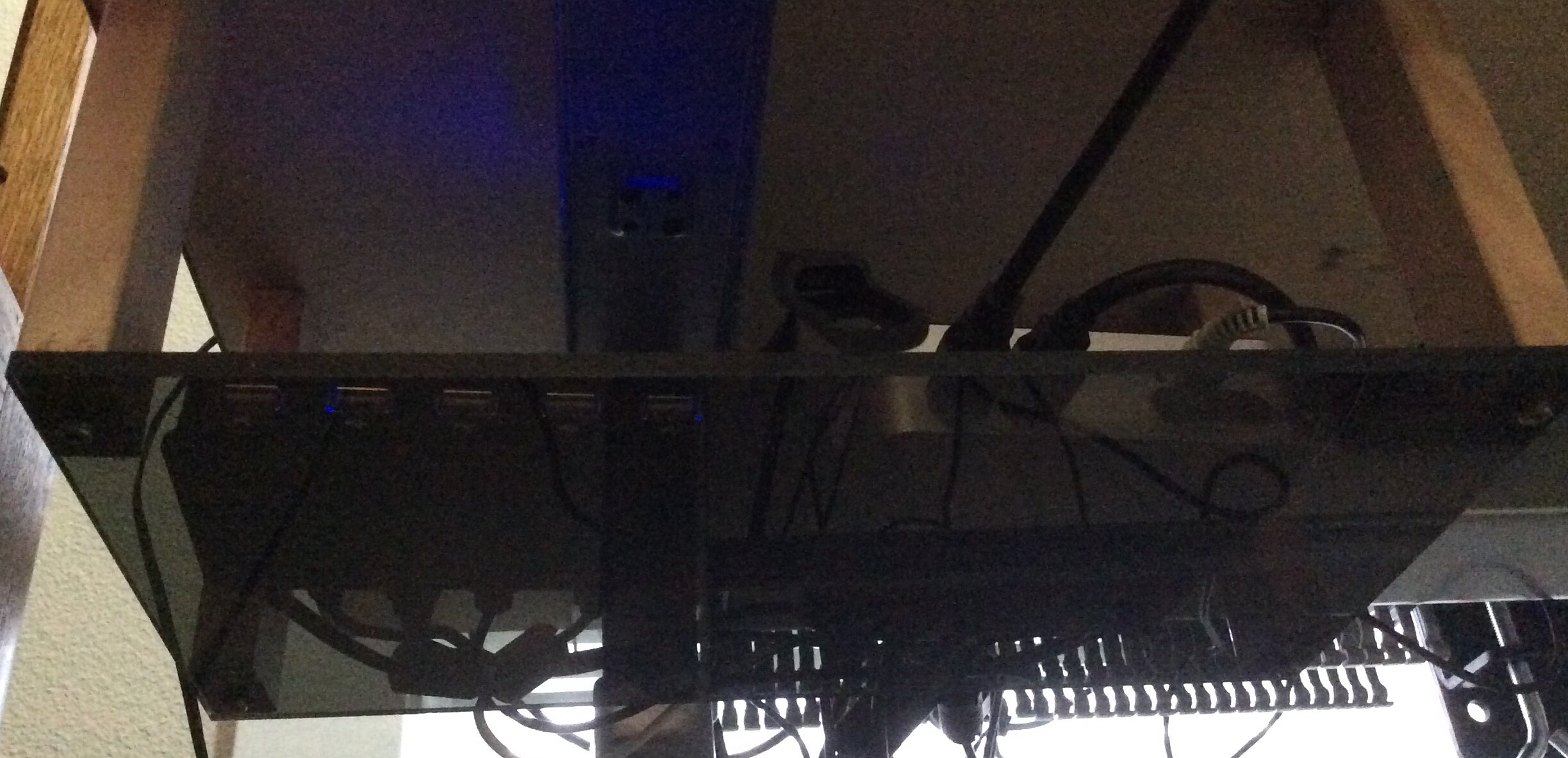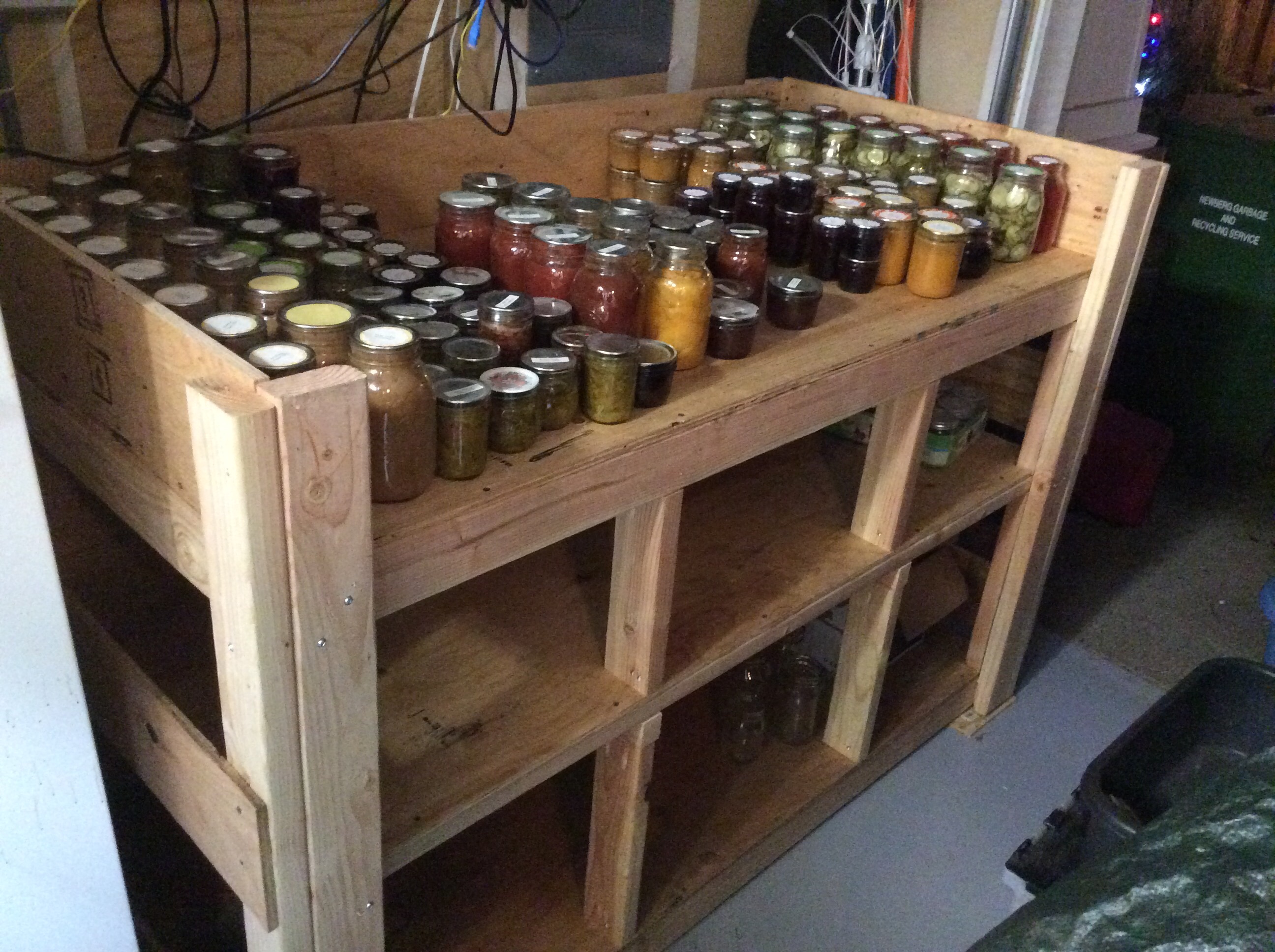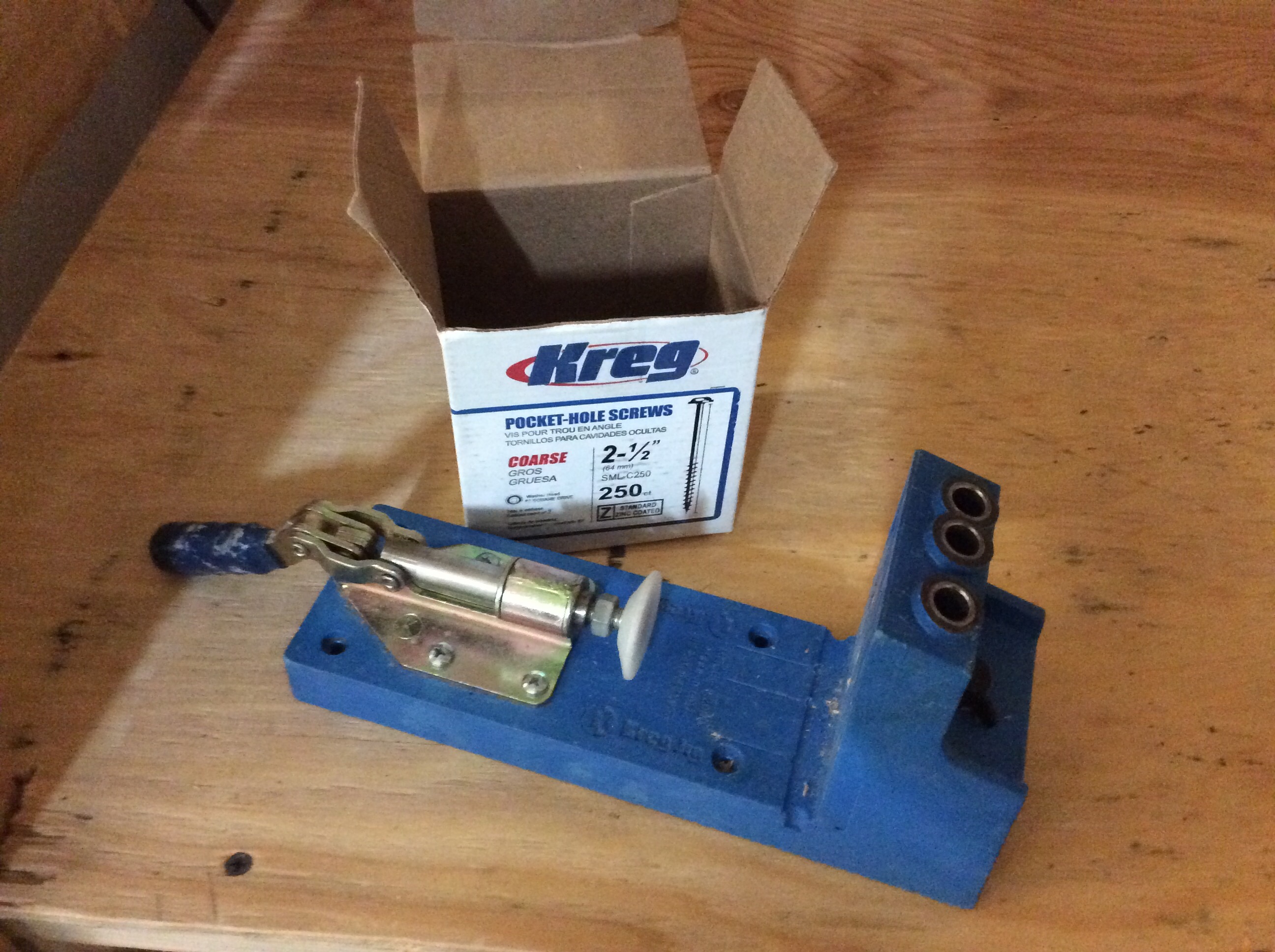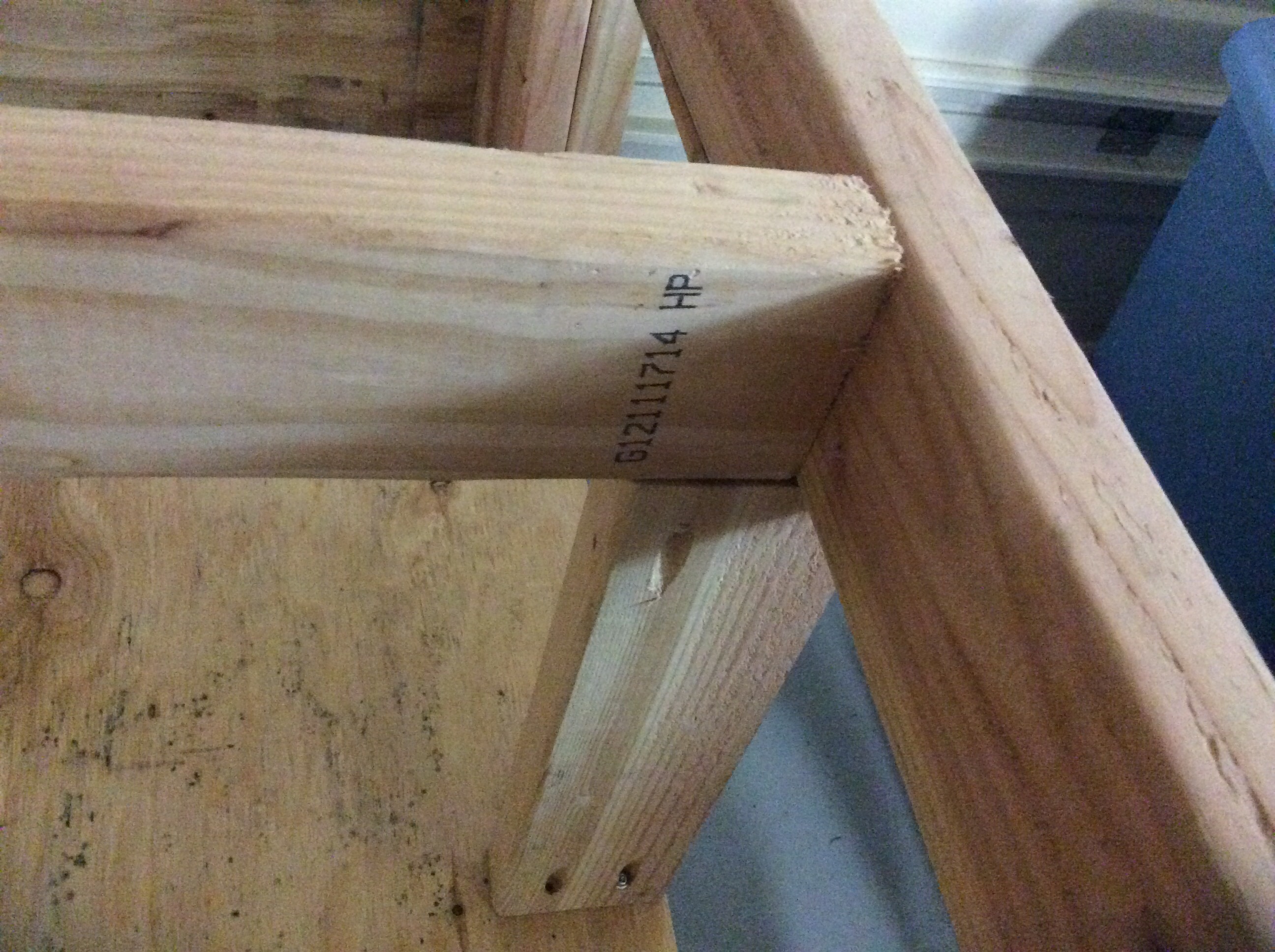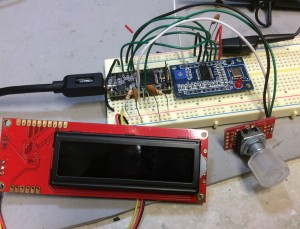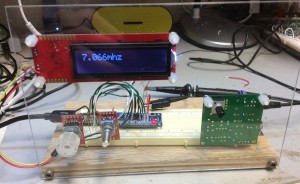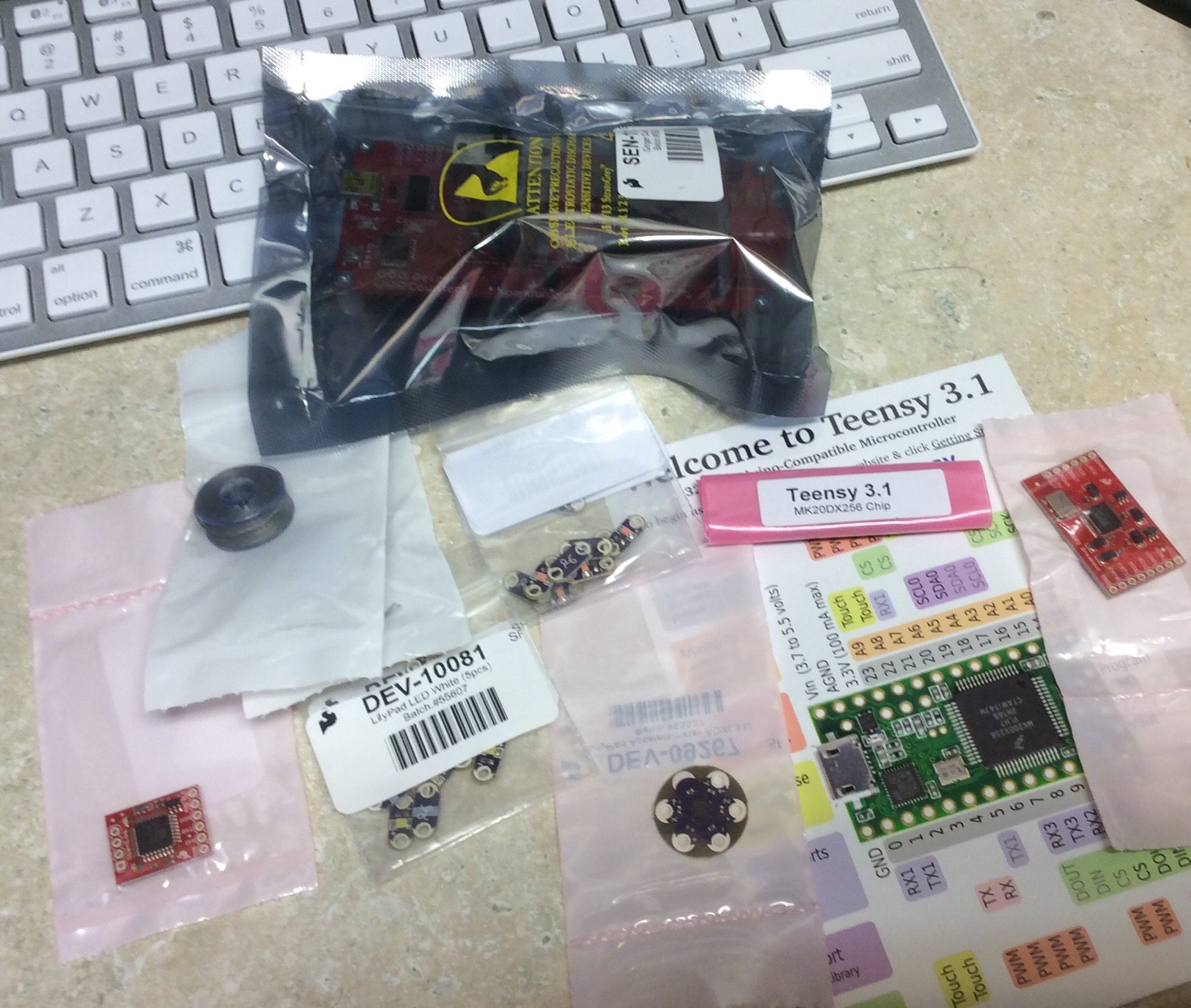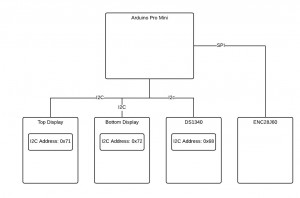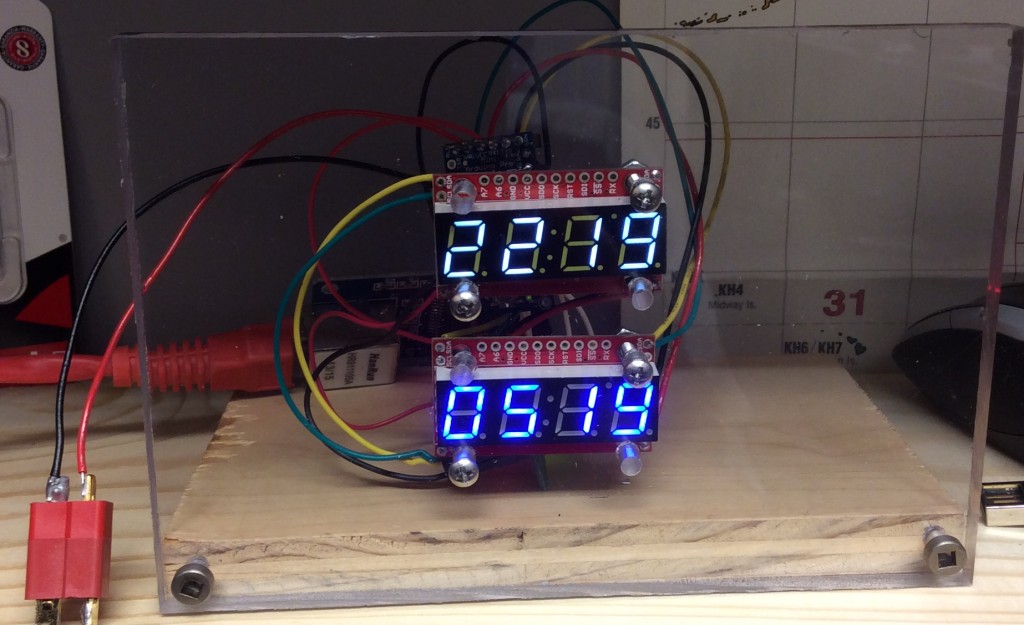I built this LEGO play table over the weekend. It holds nine 10″ base plates on the top and has a bin below to store all the LEGO’s.
I read about screw and gluing three 1×4’s together (laminating?) to cut down lumber cost and increase the strength of the wood. I tried this approach with the vertical leg pieces. I used 2 inch Kreg screws to hold the pieces together after gluing and clamping them. After the legs dried, I ran a belt sander over it to make it smooth. I drilled holes in the bottom of the legs for some salvaged rolling casters. I was skeptical the holes would be strong enough given this pine is really soft. So far so the holes have not degraded.
I did end up having to trim off a few millimeters on the LEGO base plates. It turns out you can run them through a table saw. I used a 140 TPI blade, and had no problems shaving just a bit off. (the kids have not noticed yet.)

